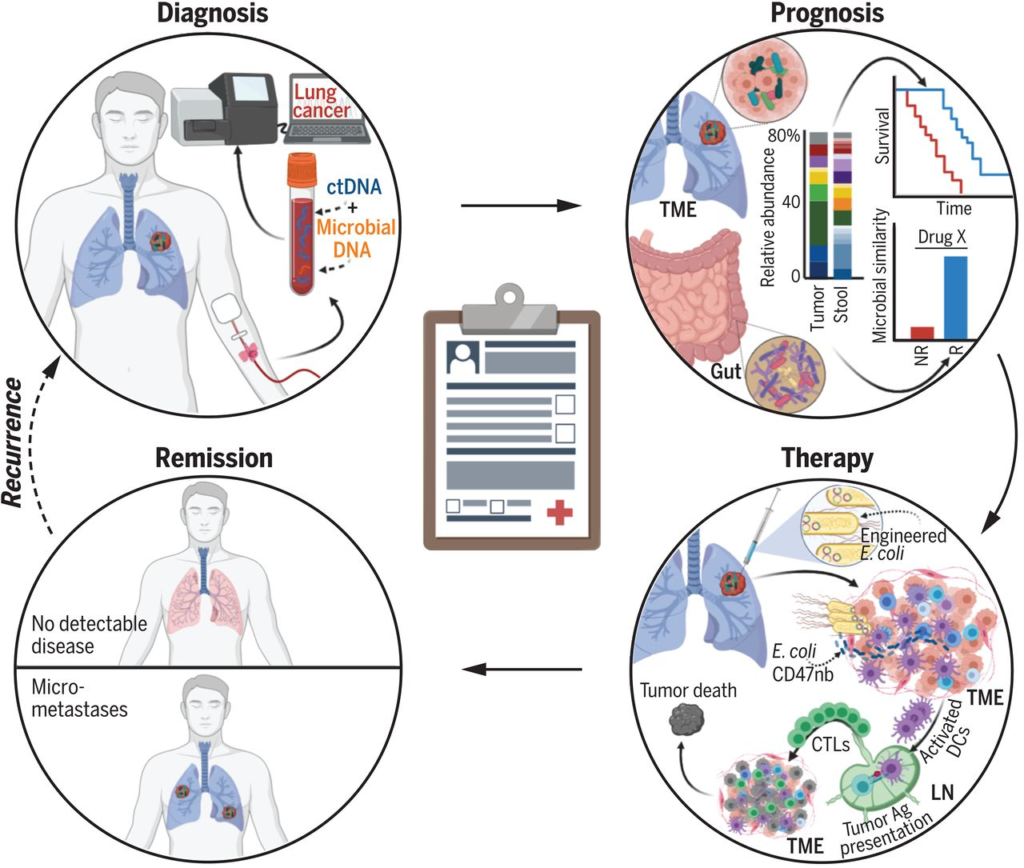Today’s cyclodextrin:
γ-cyclodextrin (γCD)-based nanoparticles (NPs) for dual antitumor therapy
γCD was chemically conjugated with low-molecular-weight hyaluronic acid (HA; a tumoral CD44 receptor-targeting molecule) and 3-(diethylamino)propylamine (DEAP; a pH-responsive molecule), yielding γCD-(DEAP/HA) which self-assemble in water to for NPs. These NPs efficiently entrapped paclitaxel (PTX) and triiron dodecacarbonyl (FeCO). These NPs were efficiently internalized by MCF-7 tumor cells expressing CD44 receptors and enhanced PTX/FeCO-mediated tumor cell apoptosis. Importantly, local light irradiation of FeCO stimulated the generation of cytotoxic CO, resulting in highly improved tumor cell death.
See the full article here!






